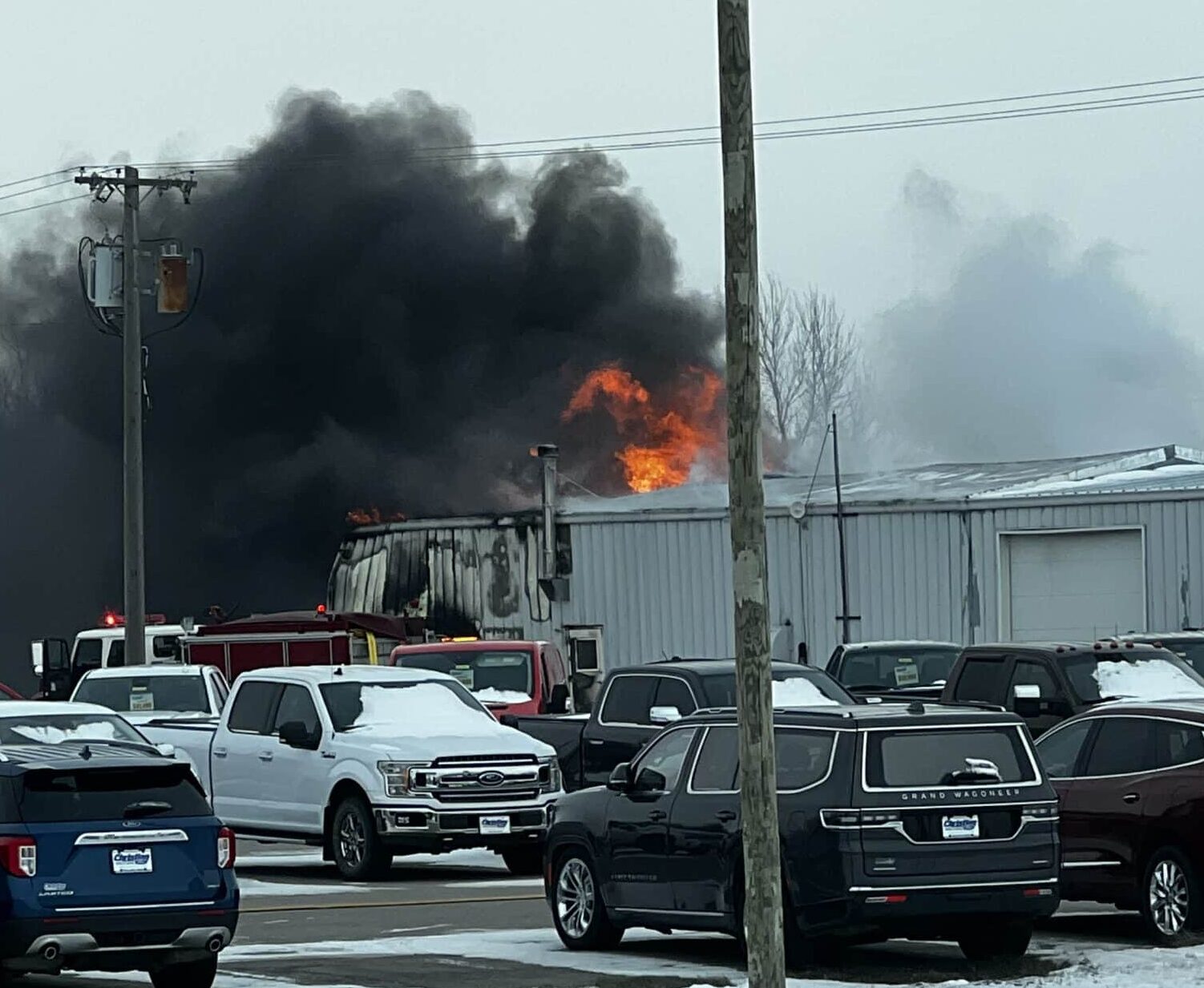Governor Tim Walz today announced the state has completed more than half a million COVID-19 tests and has reached the milestone of developing a daily capacity of 20,000 COVID-19 molecular tests.  Governor Walz says the milestone is thanks to Minnesota’s advanced COVID-19 testing program, first announced two months ago.
Governor Walz says the milestone is thanks to Minnesota’s advanced COVID-19 testing program, first announced two months ago.
“We know when Minnesota comes together as one, we can achieve near-impossible tasks,” said Governor Walz. “I am proud of the Minnesota Department of Health’s partnership with Mayo Clinic, the University of Minnesota, and our state’s health systems to expand our testing capacity, allow us to more accurately track the course of the infection, and keep all Minnesotans safe.”
“Thank you to the health care providers who have worked in partnership with our Administration to achieve this testing milestone,” said Lt. Governor Peggy Flanagan. “Robust testing is critical to monitoring the spread of COVID-19. While there is still work to do to remove obstacles to testing for all Minnesotans, we have built a strong and collaborative statewide testing program that will help us keep all Minnesotans safe.”
“We can now provide testing for all Minnesotans who need it,” said Minnesota Department of Health Commissioner Jan Malcolm. “The testing command center allows us to monitor daily needs and coordinate rapid responses to outbreaks. Testing is a critical first step to preventing the spread of the infection.”
To date, the state has completed a total of 592,955 tests. As part of the state’s testing command center, the Mayo Clinic and the University of Minnesota (U of M) are now able to provide additional testing capacity to more than 265 health care organizations across the state. When health care providers need more testing capacity than they have available at their local laboratories, or an outbreak emerges, the state initiative’s testing command center connects the provider with COVID-10 diagnostic testing through Mayo Clinic Laboratories or U of M labs. The state has deployed this resource for numerous pop-up testing events, including Duluth, Moorhead, St. James, and Faribault, as well as in Mower County and in Minneapolis and Saint Paul following protests and large gatherings in the wake of George Floyd’s death.
“I’m very proud of the Mayo Clinic team who worked tirelessly to apply our global reference laboratory capabilities to ensure every Minnesotan can get COVID-19 testing when and where they need it. To date, Mayo Clinic has provided over 280,000 COVID-19 diagnostic tests to Minnesotans,” said William Morice, M.D., Ph.D., chair of Mayo Clinic’s Department of Laboratory Medicine and Pathology and president of Mayo Clinic Laboratories. “We have been able to lean into those systems to prioritize the needs of Minnesota and connect the different health systems across the state. We are all in this together.”
Mayo Clinic has been instrumental in providing the courier infrastructure to bring specimens to labs for testing from anywhere in the state, and to deliver supplies, computers, and label printers directly to collection sites in order to streamline the entire process.
The University of Minnesota transformed their labs, previously used for research, into COVID-19 testing facilities. The U of M is also a leader in transformational research on infectious diseases and is helping to advance research that will continue to inform testing strategies in future phases.
“It was clear early in February that our lab capacity had the potential to serve the needs of Minnesota in what became the COVID pandemic,” said Tim Schacker, vice dean for research at the University’s Medical School. “I’m grateful to my faculty colleagues who quickly shifted their focus to develop the diagnostic tests so critical to managing our way through this health crisis.”
For information on how to receive a COVID-19 test, visit mn.gov/covid19.
[yotuwp type=”videos” id=”IQ_41mMqagI” ]
Tags:


